How to Make Japanese Hojicha (Roasted Green Tea)
Japanese Hojicha, a unique type of roasted green tea, is gaining popularity worldwide for its distinct flavor and aroma. Unlike other green teas, Hojicha is roasted at high temperatures, creating a warm, nutty flavor profile that sets it apart. In this blog post, we will dive deep into the art of making Hojicha at home, explore its history, and discuss its health benefits. Whether you’re a tea enthusiast or a curious newcomer, this guide will provide you with everything you need to start making your own Hojicha.
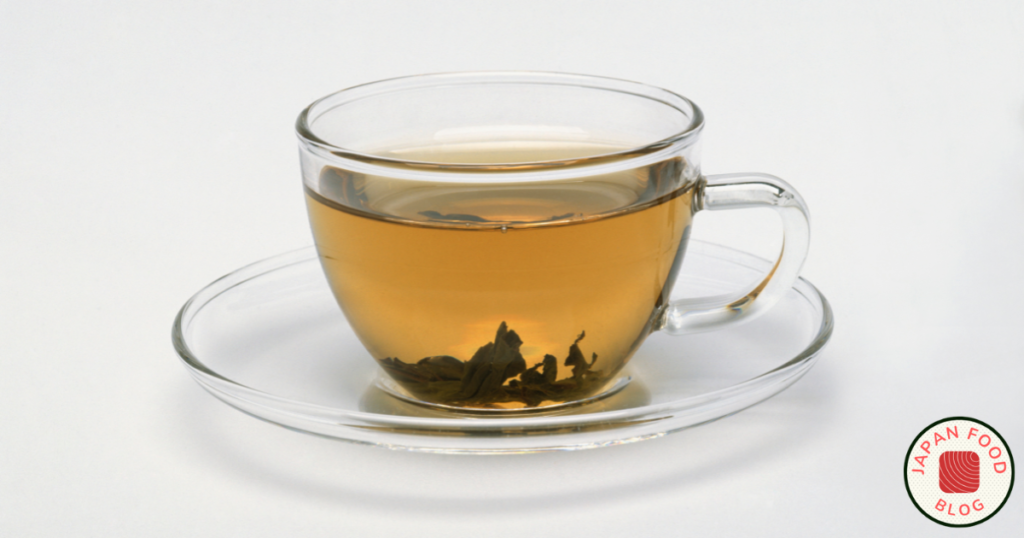
The History of Hojicha
The origins of Hojicha date back to the 1920s in Kyoto, Japan. It was created as a way to utilize the leftover leaves, stems, and twigs from tea production. The roasting process was initially developed to preserve the tea, but it soon became evident that it also produced a delightful smoky flavor. Today, Hojicha is a staple in Japanese tea culture and has found its way into the hearts of tea drinkers globally.
What Makes Hojicha Unique?
Hojicha stands out among green teas due to its roasting process. While most green teas are steamed to prevent oxidation, Hojicha is roasted at temperatures ranging from 160 to 200 degrees Celsius. This high-heat process not only gives Hojicha its signature reddish-brown color but also reduces the caffeine content, making it a perfect option for those sensitive to caffeine. The result is a mellow, toasty flavor with caramel and nutty undertones.
Health Benefits of Hojicha
Hojicha is not only delicious but also offers various health benefits. Here are some of the key benefits:
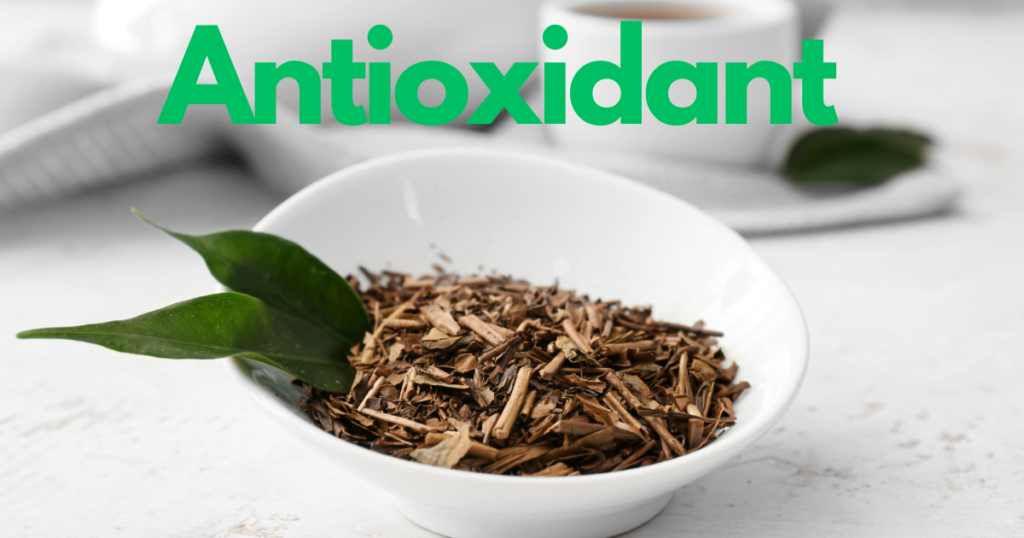
- Low Caffeine: As mentioned, Hojicha has lower caffeine levels compared to other green teas, making it suitable for evening consumption.
- Rich in Antioxidants: Despite its roasting, Hojicha retains many of the antioxidants found in green tea, which can help combat oxidative stress.
- Promotes Relaxation: The roasting process enhances the presence of L-theanine, an amino acid known for its calming effects.
How to Make Hojicha at Home
Making Hojicha at home is a simple and rewarding process. Follow these steps to create your own batch of this delightful roasted tea:
Ingredients and Equipment
To make Hojicha, you’ll need the following ingredients and equipment:
- Green Tea Leaves: Sencha or Bancha are commonly used for making Hojicha.
- Skillet or Roasting Pan: A dry skillet or roasting pan will be used for the roasting process.
- Heat Source: A stovetop or an open flame can be used to roast the tea.
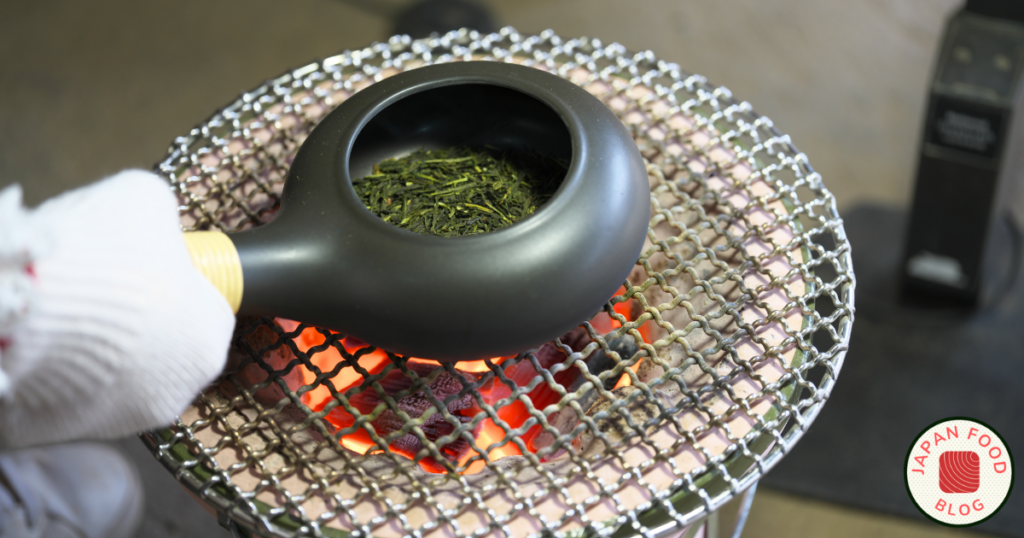
Step-by-Step Guide to Roasting Hojicha
Follow these steps to roast your own Hojicha:
- Heat the Pan: Begin by heating your skillet or roasting pan over medium heat. Ensure the pan is clean and dry.
- Add the Tea: Once the pan is hot, add the green tea leaves. Stir frequently to ensure even roasting.
- Roast the Leaves: Continue roasting the leaves for about 5-10 minutes. You’ll notice the leaves changing color to a reddish-brown and a nutty aroma filling the air.
- Cool the Leaves: Once roasted, remove the leaves from the heat and allow them to cool completely.
- Store the Tea: Store your roasted Hojicha in an airtight container to maintain freshness.
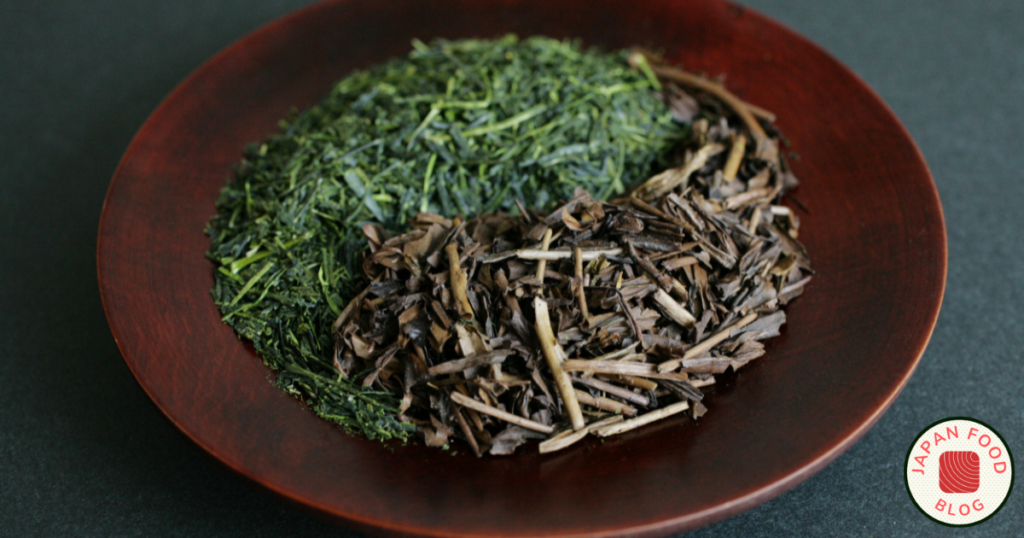
Brewing Your Hojicha
After roasting, it’s time to brew your Hojicha. Here’s how:
- Boil Water: Heat water to about 90 degrees Celsius.
- Add Tea Leaves: Place 1-2 teaspoons of your roasted Hojicha into a teapot or teacup.
- Steep the Tea: Pour the hot water over the leaves and let them steep for 30 seconds to 1 minute, depending on your taste preference.
- Enjoy: Strain the tea into a cup and enjoy the warm, comforting flavors of your homemade Hojicha.
Tips for Perfect Hojicha
Here are some additional tips to ensure your Hojicha is always perfect:
- Experiment with Roasting Time: Depending on your flavor preference, you can adjust the roasting time to create a richer or more subtle flavor.
- Use Fresh Leaves: For the best taste, use fresh green tea leaves when making Hojicha.
- Mind the Heat: Be careful not to burn the leaves as high heat can lead to a bitter taste.
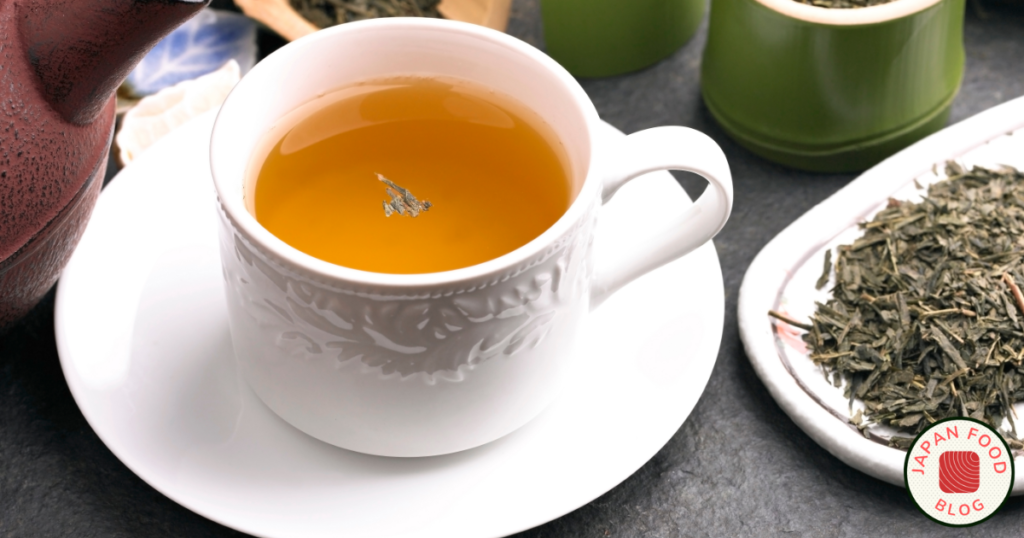
Conclusion
Making Japanese Hojicha at home is a delightful and rewarding experience that allows you to enjoy this unique tea’s rich, toasty flavors. By following the steps outlined in this guide, you can create your own batch of Hojicha and enjoy its numerous health benefits. Whether you’re sipping it in the morning or unwinding with a cup in the evening, Hojicha offers a comforting and flavorful experience that is sure to become a favorite. So, gather your ingredients, fire up the stove, and start roasting your own Hojicha today!


